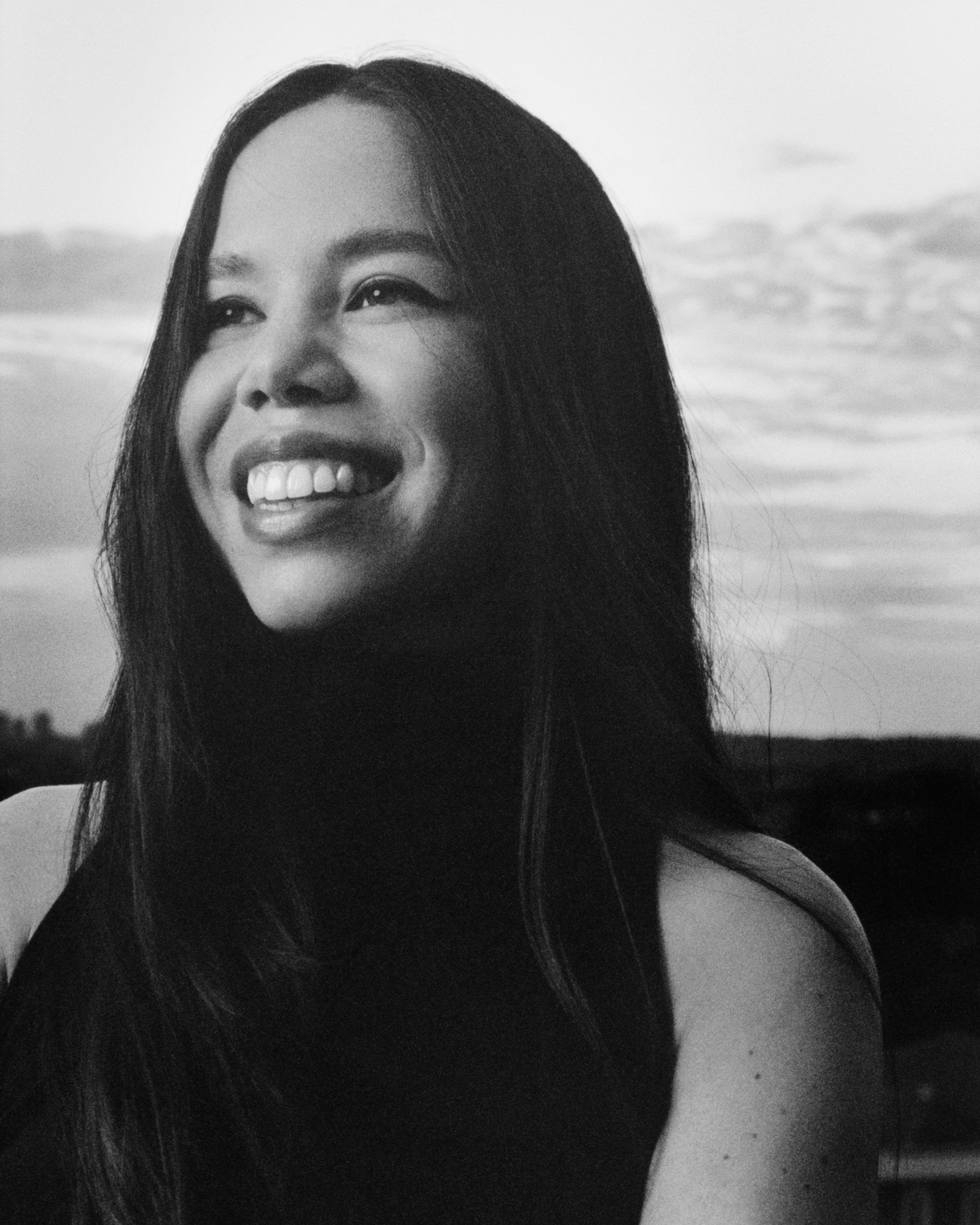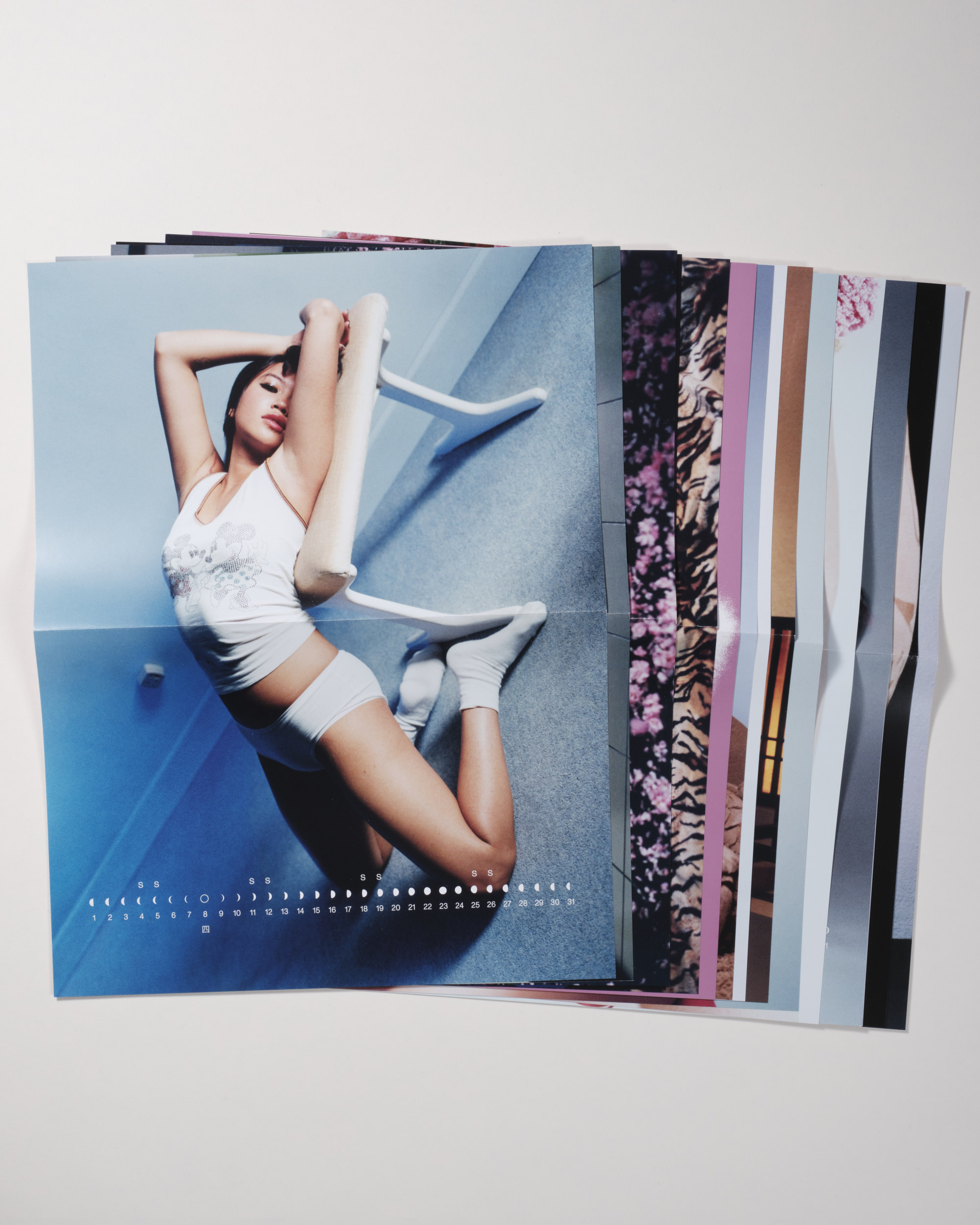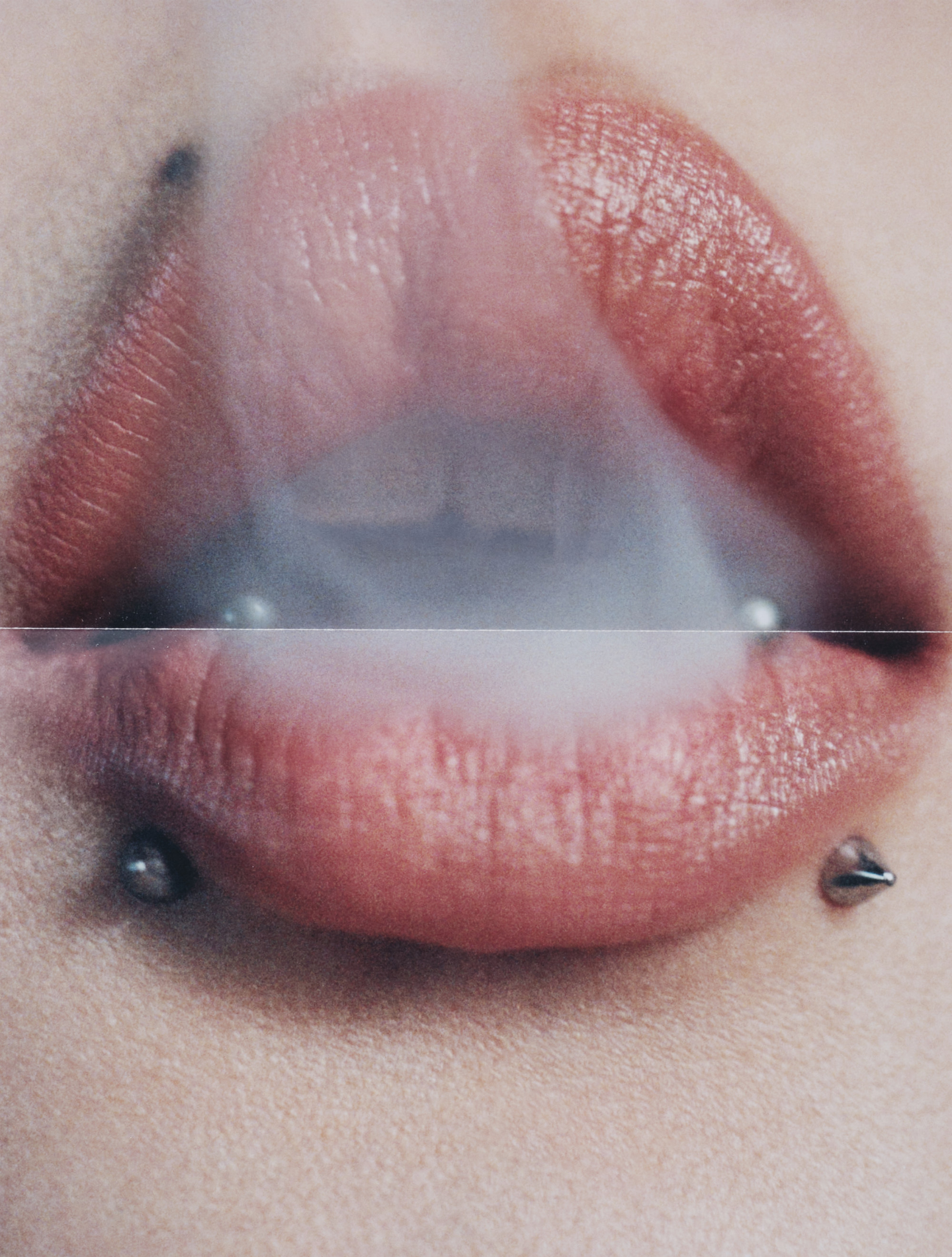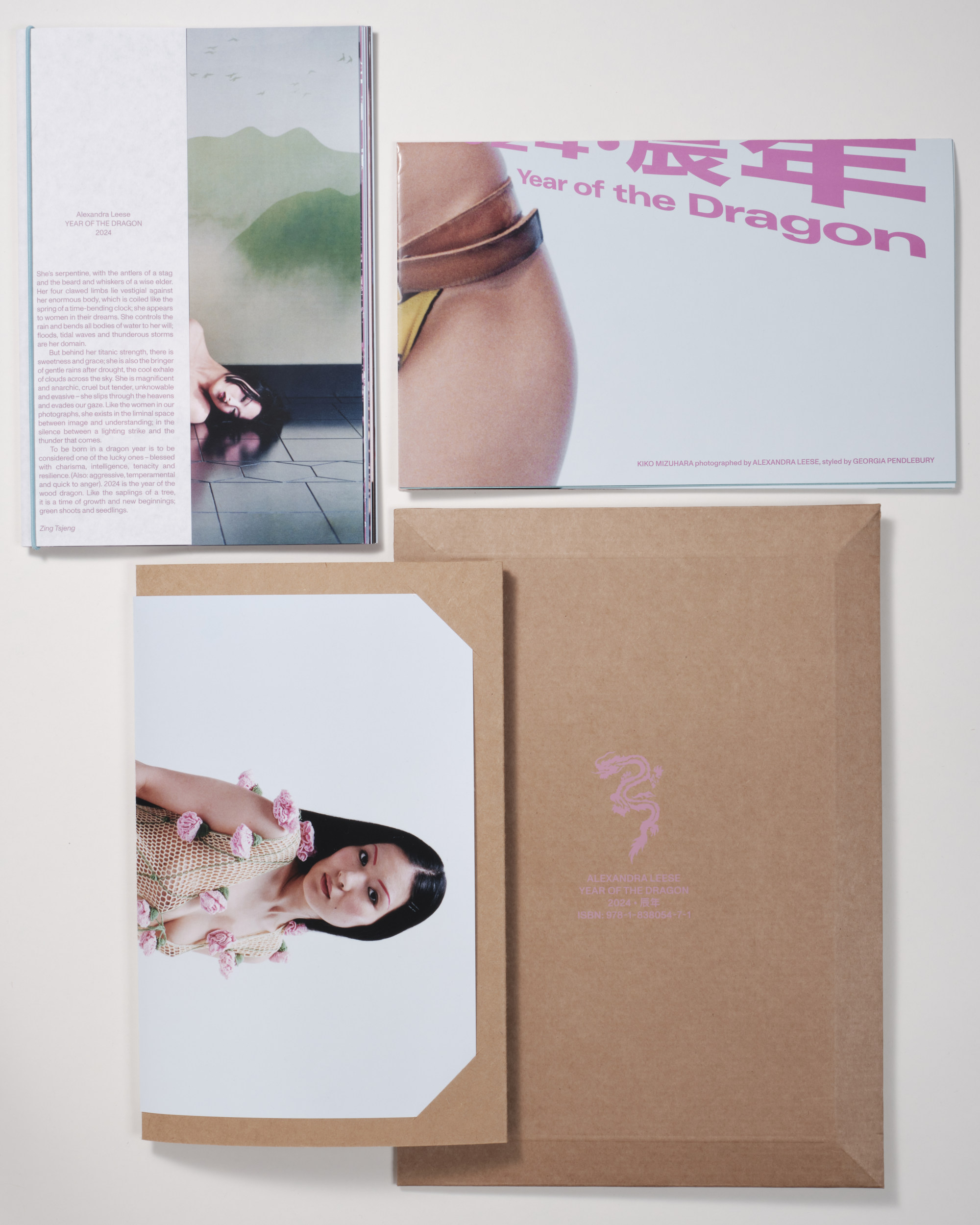“Every culture has its beauty standards which are ever-changing, but even the West has quite narrow views of what’s beautiful.”

Unlike a common wall calendar, Leese’s “Year of the Dragon 2024” is made up of a series of photographic prints that can be displayed in any sequence according to one’s preference. All 350 copies sold out within a week of its mid-November release.
Leese says that, for a long time, Asian faces were used in “a very specific way” in fashion, her main professional field.
Young naked women are their canvas – Hong Kong artists’ erotic nude art
Young naked women are their canvas – Hong Kong artists’ erotic nude art
“It’s tricky and layered, but it possibly started on the basis of trying to sell products and not from a genuine place to diversify,” she explains, adding that a lot of brands take their cues from China, a large and increasingly profitable market with its own specific rules of what is considered appealing.
Leese says she wanted to explore the diversity of beauty within East Asian culture that may not be represented in fashion photography or the commercial work she does.
She hand-picked the calendar’s models for their creative personalities and inspiring energy. Half of them she already knew, such as Mizuhara, and some of them became new friends through the project.

For Leese, the dragon has a number of qualities that remind her of many women in her life – fierce, playful, strong, powerful, tenacious – “but they also have this side to them that’s deeply rooted in nature and kindness.”
She wants to portray a wider spectrum of Asian femininity than what’s usually depicted, but also to honour how each woman wants to express their sexuality and create something that feels joyful and liberating.
Before shooting the models, she reached out to them individually to establish what they felt comfortable with; she avoided instructing her subjects on the spot when they were in a vulnerable position.
“We had a lot of conversations about how not to make it overly suggestive and ensuring it’s respectful to how the women want to be shown. The expression of sexuality is very personal, which makes it so interesting to navigate,” she says.

Leese has always found erotic imagery intriguing.
“There’s a lot of shame attached to sexuality. Being open and direct about it and doing it well – for me, it challenges that shame and makes it really exciting to look at.”
Photography has always been a male-dominated space, even – or perhaps especially – in works that feature female nudes. By capturing Asian female sexuality in an erotic calendar – a traditional convention of the male gaze – Leese says that it feels like “taking back control”, turning the “dragon” on its head.
The “dragon” in question is the trope of the “dragon lady”, a usually derogatory stereotype of East and Southeast Asian women as fierce, cunning and sexually alluring.

In Western media, these femme-fatale figures are often exploited as promiscuous sex objects, such as Anna May Wong, who was only cast in supporting roles for most of her career in the early 20th century. More recent examples are characters played by Chinese-American actor Lucy Liu in Payback (1999), Charlie’s Angels (2000) and Kill Bill (2003).
“They were probably just really powerful women, and people got intimidated by them and created this ‘dragon lady’ stereotype,” Leese says.
The calendar also serves as a nod to her Chinese zodiac and the mythical animal she was “obsessed” with as a child. Leese was born in Hong Kong in the Year of the Dragon, to an English father and a Hong Kong Chinese mother.
“I think my experience of growing up in a multicultural household with two different perspectives gave me a desire to question things more and be more open to differing opinions, which tend to be shaped by your background, culture and experiences,” she says.
Moving to the UK at age 12 was the first time I ever felt othered … I tried to hide a part of me in some ways
In 2019, she published Yumi and the Moon, a zine of mystical nude portraits inspired by an ancient Japanese folk tale about a woman from the moon and her brief descent to Earth. The zine’s sole subject, model and artist Yumi Carter, is one of the 13 women in the “Year of the Dragon 2024” calendar.
“These projects are a personal exploration of wanting to further understand that side of myself and the cultural and societal expectations I have experienced, but it’s also the desire to celebrate that part of me,” Leese says.

“Moving to the UK at age 12 was the first time I ever felt othered – even though I’m mixed, people identified me as an Asian woman. I tried to hide a part of me in some ways.
“Growing out of that shame and celebrating that part of me has been a really important aspect of my work.”

